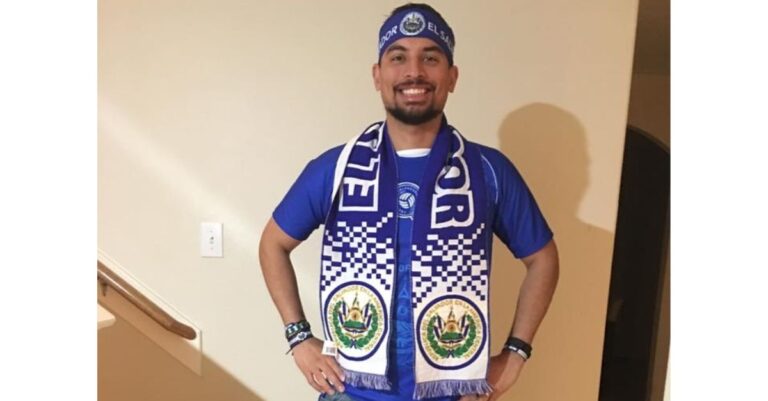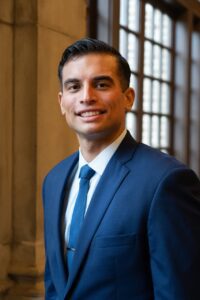It was sophomore year in high school when I started realizing that I wasn’t learning a lot in class about people who looked like me or had a similar background. I remember reading my US History book and speculating with some friends about where the Latinos were during this time. We didn’t just appear out of thin air. I was certain that my Latino heritage had a place in U.S. history.
It wasn’t until the second semester of my sophomore year in college that I started to learn about Latino and Latin American history through courses I elected to take. I felt as though a whole new world opened up that I never knew existed. It was in these classes that I felt I had something to contribute to the class and the college. My participation was through the roof as we talked about immigration, the Latino experience, and about the different reasons that pushed people to leave everything behind to immigrate into the United States. Most importantly, it was here where I found worth. As the son of two immigrants from El Salvador and the first person in my family to go to college, navigating a place like Harvard University was no easy feat. The challenge didn’t just come from the academic rigor I faced in the classroom but from an internal dialogue I constantly faced where I questioned my place among my peers.
These thoughts and more came to mind when I helped plan our district’s first ever Latino Leadership Summit last March. We brought together over 200 high school students from all over the city to celebrate their Latino identity and make plans to take action in their communities. During the morning session, we started talking about shared customs, traditions, sayings, and foods. As we talked about our love of traditional food like pupusas (a typical Salvadoran dish) and customs like the use Vicks as our mothers’ cure-all for all illnesses, our students started to become aware that the room was full of other students and adults who shared their experiences and were proud of them. This is when I realized that it may have been the first time these students felt such unique aspects of their culture acknowledged and celebrated at school. We should be working toward actively engaging our students around their histories and backgrounds to help them develop their own sense of identity. They should feel proud of who they are, but might find it hard pressed to experience that pride if they never learn about themselves in the one place they are expected to learn everything they need to be successful in life – the classroom.
Here is what I have learned about how to make this exploration of our students’ backgrounds a normal part of their academic experience:
- Start a team. You can’t do it all by yourself, so don’t even try. Find like-minded individuals with whom you can collaborate.
- Create a plan. It’s not enough to identify a need and have a desire to fill that need. It’s important that you have a plan which lays out your goals, expectations, action steps, timelines, and owners.
- Leverage invested students. Help students become advocates for their own learning by including them in the process.
- Educate staff. They can’t teach and celebrate what they don’t know. Introduce them to significant aspects of the Latino culture and push them to learn more about Latinos who’ve made impacts in their content.
Limiting the celebration and education of the Latino Heritage to one month doesn’t even come close to fulfilling a gap that all children sorely need. As educators, we need to work hard to ensure celebration of the Latino Heritage doesn’t end on October 15th. Imagine the powerful self-identity and confidence our students would have if they truly embraced what made them unique.



